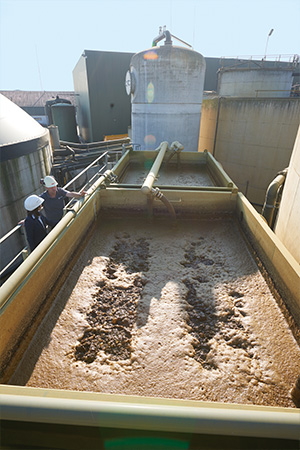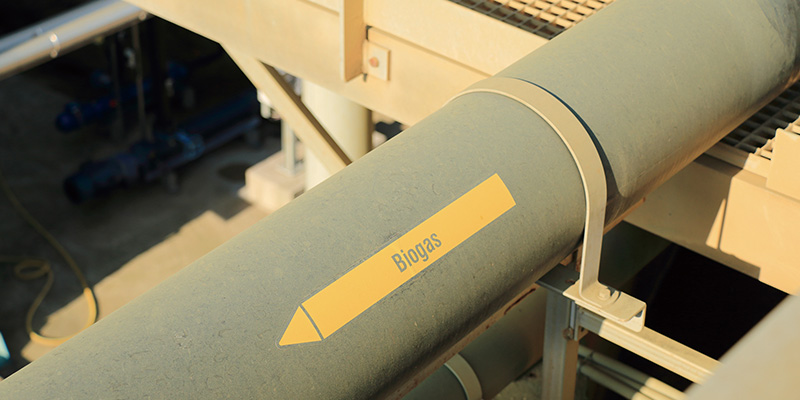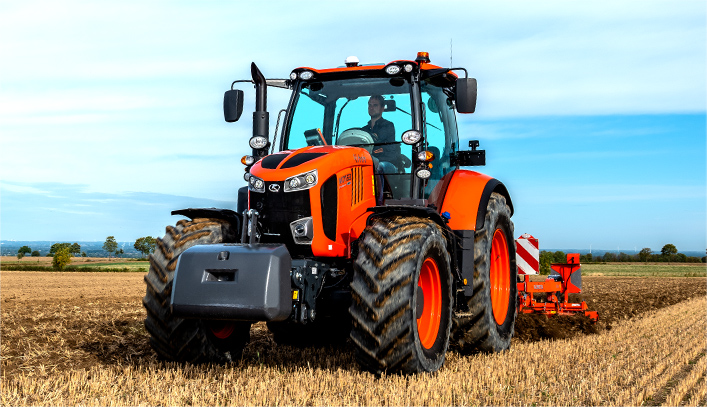06
Purifying Industrial Effluent from Food Processing Plants
Ecology and Submerged Membrane Units

Kubota's submerged membrane bioreactor (MBR) system is gaining ground across the globe

Since its launch of submerged membrane units in 1991, Kubota has pioneered the membrane bioreactor (MBR) market, constantly honing its technology for over a quarter century as it learned from experience working directly with customers. As the business expanded across international boundaries along the way, Kubota established Kubota Membrane Europe Ltd. (KME) in 2001, Kubota Membrane U.S.A. Corporation (KMU) in 2005, and Kubota Environmental Engineering (Shanghai) Co., Ltd. (KEES) in 2011. This has allowed Kubota to better supply its submerged membrane units for treatment of municipal and industrial sewage, thereby offering solutions to water-related and environmental issues around the world. As of 2017, Kubota has delivered its submerged membrane units to approximately 4,600 sites in Asia and Oceania, approximately 600 sites in Europe and Africa, and approximately 400 sites in the Americas, making it the second largest supplier in the global market.
Kubota's MBR system offers greater advantages as compared the conventional activated sludge process, which is a common traditional process used for treating sewage and industrial eff luent. MBR purifies domestic and industrial eff luent through a combination of “degradative treatment by microorganisms” and “membrane filtration.” MBR completely eliminates suspended solids as well as organic substances that are difficult to decompose via conventional processes. In addition, MBR almost completely eradicates Escherichia coliforms. As such, MBR-treated water does not merely satisfy eff luent standards, but also is able to be discharged into rivers and the environment and to be recycled for irrigation and f lushing toilets purposes. Other elements of Kubota's MBR system that are highly evaluated include easy maintenance and significant conservation of space.
-

EcoFuels neighbors a scenic national park. -

EcoFuels neighbors a scenic national park.
MBR making inroads into Europe Meeting the EU's strict water quality standards
Located in the U.K., KME is responsible for sales and aftersales services of submerged membrane units in Europe, Africa, the Middle East, and South America. In Europe, the membrane/sewage treatment market demands vary. Western European countries, such as the U.K., Germany, and France, have already developed their own infrastructures, and thus the majority of demands there are for expansion of existing treatment plants and replacement of membranes, with demands for new facilities few and far between. In countries that have recently joined the EU, however, demands for new facilities are high, as their governments are contributing funds so as to satisfy EU environmental standards. Also, in countries that face chronic water shortages yet emphasize tourism, such as Turkey and Israel, demands for effluent purification are high. MBR is one of the preferred eff luent treatment technologies in Europe because chlorination is not well received there, and also because MBR is capable of satisfying various water quality standards required in the EU.
-

Generating biogases by applying fermentation technology
Supporting a Dutch food processing company's water treatment plant

Plant Manager, EcoFuels B.V.
We visited a treatment plant that uses Kubota's submerged membrane units in a farming region in the Netherlands near the German border. It is there that Laarakker Groenteverwerking B.V., one of the country's leading food processors, is engaged in the EcoFuels' business, the key component of which is biogas generation. Using its advanced fermentation technology, waste from food processing is used to generate approximately 100,000 tons a year of biogas, which is a sustainable energy source. Kubota's submerged membrane units are used to purify eff luent generated in the biogas generation process. Treated water is discharged into a river or recycled for cleaning and irrigation. The residual waste is then sold to compost manufacturers and used as compost and culture media. Mr. Twan Geraedts, the EcoFuels plant manager, told us the story behind the introduction of Kubota's submerged MBR.
“We used membranes from another supplier previously, but were considering switching suppliers because the membranes often became clogged. Then we were contacted by Colsen, an engineering firm, asking if we were interested in using Kubota's submerged membrane units. We put a great deal of trust in Colsen, and they told us that Kubota's membranes are highly durable and can realize stable operations, so we readily agreed. The most important thing for any eff luent treatment plant is, in addition to precise purification of eff luent, stable operation of the plant. This is because any interruption of eff luent treatment can result in discontinued operation of the plant and, by extension, the entire factory. The other factor that convinced us was the high reputation earned by Kubota's submerged membrane units at other facilities in the Netherlands.”
Biogas generation plants do everything in their power to avoid interrupted operations due to unexpected contingencies. Mr. Geraedts also appreciated the fact that Kubota's membranes require little maintenance. Submerged membrane units need to be cleaned periodically using chemicals, but the frequency of cleaning differs greatly depending on the quality of raw water being treated. Simply put, the lower raw water quality is, the more frequently membranes need to be cleaned with chemicals. Mr. Geraedts also rates this advantage highly.
“Kubota's membranes are capable of stable treatment no matter how raw water quality changes, thereby ensuring advanced quality of treated water. We don't have to use chemicals to clean the membranes as frequently as we did before, which helps us to reduce costs. Also, the large amount of eff luent treatment per unit of time and area translates into higher efficiency. Overall, we're extremely satisfied with Kubota's submerged membrane units, and we hope that Kubota will maintain their current technological level into the future.”
The water and environment field is, like that for agriculture, expected to assume greater importance in the world going forward. In April 2017, Kubota released in Japan the Kubota Smart Infrastructure System (KSIS), which does remote monitoring and diagnosis of factories and plants effectively. Kubota will remain committed to solving the water-related and environmental issues of the world by constantly advancing the development of leading-edge technologies.
